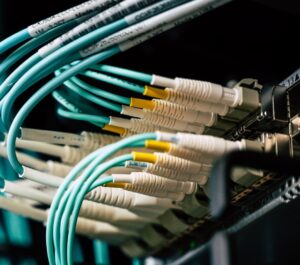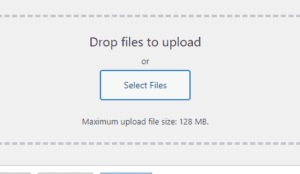Keeping your site secure should be the top priority of website owners, and security starts with a good SSL certificate which is protecting your site. But is there really a need to fork out sometimes hundreds of dollars for a SSL certificate? In most cases, the answer is no with the often included free AutoSSL […]
Recent Posts
Comment Spam is a generally automated attack where a site’s comment fields are abused often with low-quality messages or unrelated URL’s being submitted through it. Goals of Comment Spam Attempting to advertising a product or their own blog to your audience Leveraging your website as a backlink to increase their SEO Use your comment fields […]
Inodes are the number of individual files that are stored on your cPanel hosting service, which include emails within your mailbox’s. Webhost’s often impose restrictions on the number of inodes on any single cPanel service, this is as limits how many websites and large mailbox’s can be put on the individual cPanel service and promotes […]
cPanel mailbox’s can be added to most popular email accounts including Microsoft Office.We recommend adding the mailbox as IMAP. 1. Open Up Outlook 2. Click the ‘File’ Menu item 3. Click on ‘Account Settings’ icon and select ‘Account Settings’ under the drop down menu 4. On the ‘Account Settings’ window that pops up, Click ‘New’ […]
cPanel Servers perform many tasks and have may have many ports open. A summary of each of the standard cPanel ports: Port Service Summary 21 FTP Used to transfer files between the client and server with a FTP client such as FileZilla 25, 587, 465 (SSL) SMTP Used to send outgoing emails to another email […]
When servers perform tasks (process) such as generating a page or computing a value, a small amount of space in the computer’s memory is temporarily allocated to store data such as the value of variables to complete the task. Most hosting providers will give you a total memory quota starting from ~1GB. This is sufficient […]
Just because you SSL installed in your cPanel service, doesn’t mean your website will use it!Contrary to popular belief, web-browsers do not automatically upgrade ‘http://’ connections to the secure ‘https://’ version. This can lead to sites showing as ‘Not Secure’. Before starting this guide, please ensure you have a valid SSL certificate installed.This can be […]
Maximum upload sizes in cPanel are controlled by the set PHP configuration. This can be increased by: 1. Open up the ‘Select PHP Version’ tool in cPanel 2. In the top bar, click on ‘Options’ 3. Within the options tab, scroll approximately half way down the page to ‘post_max_size’ and set the value to 128MB […]








